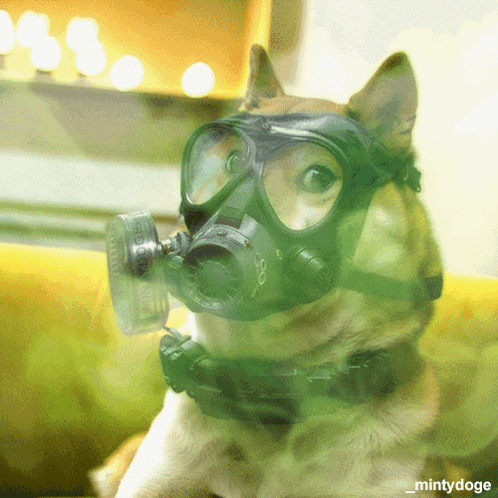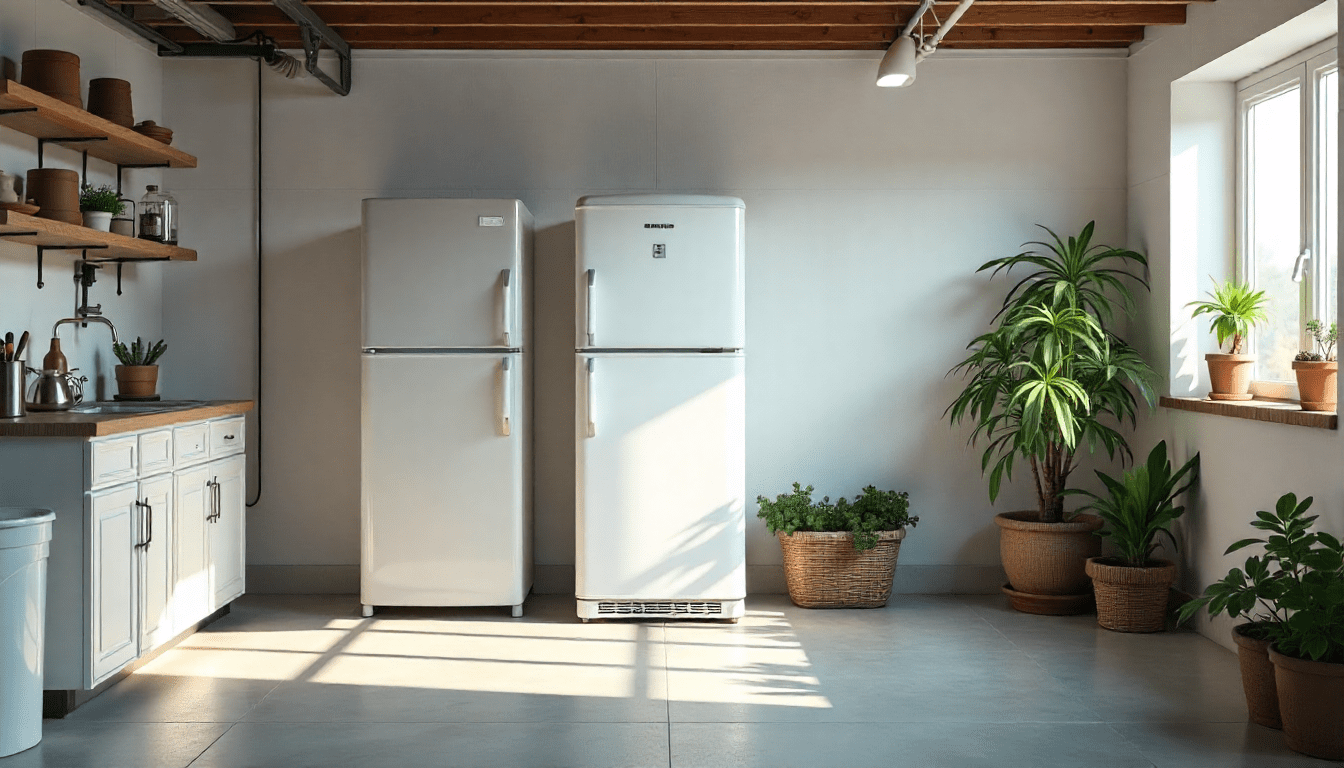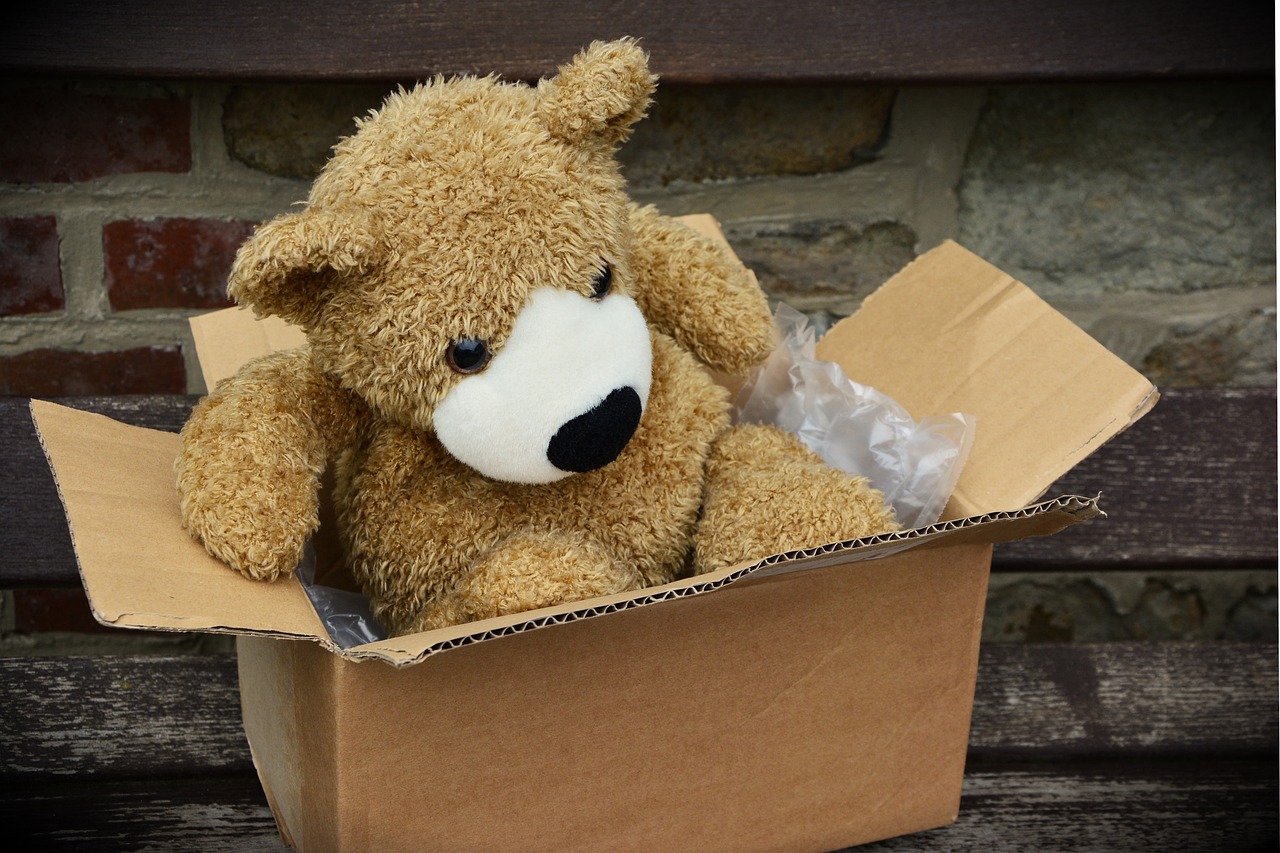We all have that one cupboard, shed, or drawer full of “stuff” we swear we’ll deal with eventually.
Spoiler: Eventually never comes.
Meanwhile, that “just in case” rubbish is doing more than collecting dust. It could be leaking, molding, or even poisoning the air you breathe. 😷 Yeah, fun times.

While some clutter is harmless, certain items we casually store in our homes could be silently releasing harmful chemicals, worsening allergies, or even increasing fire risk.
Here are 7 things you might want to reconsider keeping indoors.
1. 🔋 The battery graveyard in your drawer
If you’ve got a junk drawer filled with “dead” batteries you plan to toss someday, welcome to the club.
Unfortunately, these innocent-looking cylinders are actually mini chemical grenades waiting to leak.
Leaky batteries release corrosive goo and toxic fumes (often invisible). And when they’re all piled up like battery soup? Fire risk, friend. Bonus: lithium batteries can explode. Cheers to that.
👉 What to do instead: Drop them off at your local battery recycling collection point. Never toss them in regular bins, and don’t store them in piles! Keep them upright in a dry, labeled container until disposal.
🧯 Remember: Don’t mix the used with the fresh unless you’re trying to spice things up with spontaneous combustion.
2. 🖌️ That rusty paint tin you swore you’d use again
That half-used tin of gloss from your 2014 bedroom makeover? It’s now just a sealed can of VOCs (that’s volatile organic compounds – aka toxic fumes in a can).
Paints, solvents, and DIY chemicals can off-gas for years. And if they’re expired or stored badly, they basically become indoor air pollution in a tin, causing headaches, respiratory issues, and even liver or kidney damage with long-term exposure.
👉 What to do instead: Check the label for disposal instructions or bring them to your local civic amnesty sites (use this map to locate the one nearest to you).
3. ❄️ Old fridges and freezers (even if they’re switched off)

Ah yes, the old fridge in the shed. You kept it “for parties,” but now it’s just home to mysterious smells and maybe a small ghost.
Older refrigeration units (especially those made before 2000) can contain CFCs and HCFCs, which are ozone-depleting chemicals. If the appliance is damaged or leaking, these gases can escape, contributing to climate change and harming your indoor air quality.
⚠️ Plus, faulty fridges are a major fire risk in Ireland. Over time, components like compressors, motors, or frayed wires can overheat, especially when the unit is left plugged in and forgotten in a damp or dusty area.
👉 What to do instead: If you’re not using it regularly, dispose of it responsibly through your local civic amnesty. Or for more convenience, book a rubbish removal service to get rid of your old appliances for you! (And yes, our local team accepts even if it’s just one item).
4. 🛋️ Mouldy furniture
Let’s talk about black mold (aka the home’s silent health saboteur). You can’t always see it, but it’s probably lurking somewhere.
Think:
🛏️ A mattress stored in a room
🛋️ A sofa pushed against a cold wall
📦 Cardboard boxes stacked in the attic or under the stairs
Black mold (Stachybotrys chartarum) is a serious indoor health hazard. It thrives in damp, dark, and poorly ventilated places. Exactly where you’re likely to stash unused furniture or old moving boxes “just for now.”
Molds are more than ugly stains. According to the World Health Organization, mold exposure can lead to upper respiratory infections, coughing, and wheezing (even in healthy people). For those with asthma, it can trigger symptoms, and in some cases, it may cause hypersensitivity pneumonitis, a serious immune-related lung condition.
👉 What to do instead: If something smells musty, looks discolored, or feels damp, it needs airing out or disposal. Clean small mold patches with gloves and proper ventilation. For anything larger or recurring, call a professional.
5. 💡 That “still good” fluorescent bulb in your cupboard
The dusty old tube light, or CFL (compact fluorescent lamp), is doing a little party favor called mercury 🧪, a toxic metal that can mess with your brain, nerves, and lungs (if it escapes).
Break one indoors and you’re not just sweeping up shards. You’re hosting a mercury vaping session. 💨 Bonus points if you vacuum it up and spread the fumes around. Yep, cleanup for accidents involving mercury isn’t as simple as grabbing a broom.
👉 What to do instead: Store used bulbs in a sturdy container and bring them to the nearest WEEE point. If one breaks, wear gloves and a mask, air out the room, and follow proper cleanup steps. Or better yet, swap them for LED bulbs! They have no mercury and lower bills (and they’ll probably outlive your toaster).
6. 🧃 BPA bottles and old plastic containers

Still using that cloudy water bottle from a decade ago? If it’s plastic and older than 2015, chances are it contains BPA, aka “let’s mess with your hormones” in bottle form.
BPA (bisphenol A), found in many hard plastics, has been linked to hormonal imbalances, especially in children. In 2017, the European Chemicals Agency (ECHA) classified BPA as a “substance of very high concern” due to its endocrine-disrupting effects.
👉 What to do instead: Check the bottom! If it doesn’t say “BPA-free,” it’s time to toss it in your green bin. You can also upgrade to stainless steel bottles or glass containers!
7. 📦 Cardboard boxes (yes, really)

Cardboard boxes seem harmless. But if you’ve been using them for long-term storage, you’ve basically created a mold-and-dust breeding program. Congrats?
Boxes absorb moisture, attract bugs, and break down over time, releasing particles that mess with your breathing and stir up allergies. 🤧
👉 What to do instead: Swap boxes for stackable, sealed plastic bins. Label everything. And if you haven’t opened it in over a year, you probably don’t need what’s inside. Be ruthless. “But what if I need it someday?” is how hoarders are born.
🪑 Hidden offender: Pressed wood furniture that’s gassing you
Here’s a sneaky one: that cheap MDF (medium-density fiberboard) desk? It might be giving off formaldehyde. Yep, the stuff used to preserve frogs in biology class.
Over time, this chemical off-gasses into your air, especially in damp Irish weather. Enjoy that extra helping of indoor pollution.
👉 What to do instead: Open your windows often (especially near MDF-heavy furniture). If buying new, look for “low-formaldehyde” labels. You can also seal exposed edges with paint to lock the fumes in. Budget doesn’t have to mean breathing issues!
But what if you already have all this stuff?
First of all, welcome to being human. Most of us keep more than we should because we’re busy, sentimental, or just plain forgetful. But here’s your reality check: clutter isn’t just annoying. It can be hazardous.
And if you’ve got a pile of this toxic treasure trove, the best time to deal with it was yesterday. The second-best time? This weekend.
What to do:
📝 Make a “danger list” of the items above.
🧤 Get gloves, bin bags, and maybe emotional support.
🗑️ Call a rubbish removal service or hire a skip.
🌬️ Then breathe deeply (now with 90% fewer airborne toxins).
When rubbish becomes a health hazard
Decluttering isn’t just about minimalism or making room for a new air fryer. It’s also about protecting your health, your family, and your time. Household pollution contributes to 3.2 million deaths every year that are linked to lower respiratory infections, lung cancer, and household fuel combustion.
So the next time you find yourself clutching a dead remote, expired cleaner, or mystery charger “just in case,” ask yourself: Just in case… what?
💪🚛 Need help with the big stuff?
Whether you need a skip, a quick clear-out, or someone to make that old fridge disappear, we’ve got trusted teams ready to swoop in and handle the mess. Learn more here.
Image Credits:
Plastic bottle via Pixabay, source
Cardboard box via Pixabay, source




